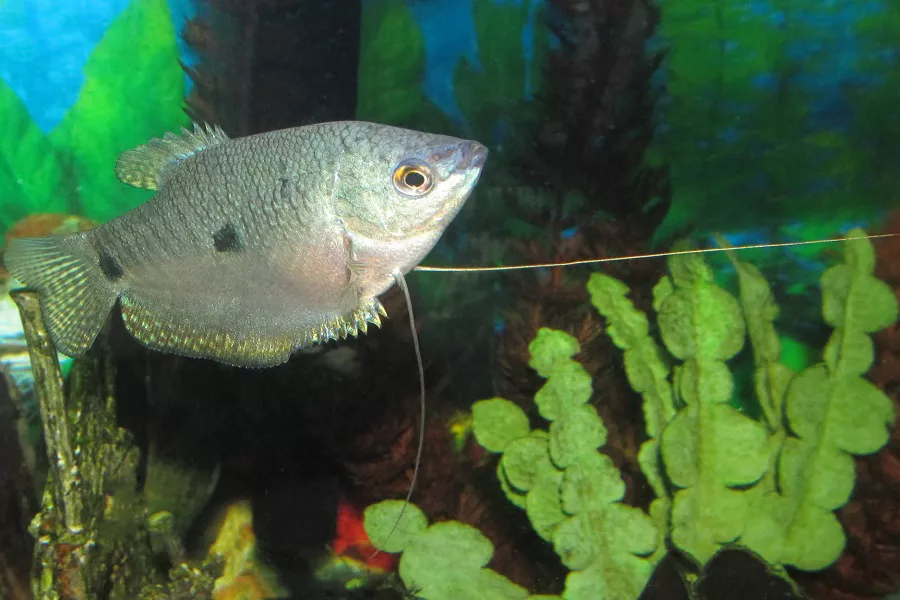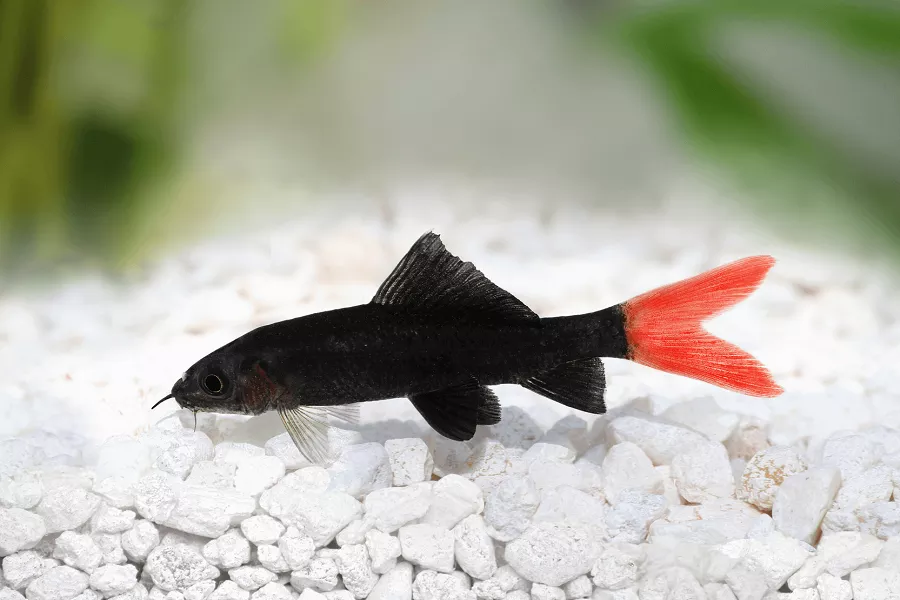What is synodontis nigriventris?
Synodontis nigriventris, also known as anti-swimming cat. Belonging to the catfish order, Mochokidae, it is a very strange tropical ornamental fish. The color of the fish is brown, and its abdomen is turned to the sky when swimming. It is a must in ornamental fish, and it likes to eat floating bait.
What does synodontis nigriventris look like?
Synodontis nigriventris, also known as anti-swimming cat, belongs to the Mochokidae family of Mochokidae. It is a very interesting tropical ornamental fish. Its color and size are not very beautiful, but the attraction is that it swims Moving posture – when they swim blatantly and swiftly with their stomachs upside down, anyone who sees them will let out a sigh of surprise, which is why anti-swimming cats attract many aquarium enthusiasts to keep them.
Body shape/color The color of the fish is brown, and the abdomen is super high when swimming. It is a must-have among ornamental fish. The color of the upper part is lighter than that of the lower part, which is convenient for concealment.
living habits of synodontis nigriventris
1. River-type anti-swimming cat: mainly refers to the anti-swimming cat produced in Nigeria Lake, Niger Lake and Sai water system in West Africa. Common species are: gypsophila cat (S.angelicus), black-winged cat (S.schoutedeni) and so on.
The river-type anti-swimming cat can live well in weak alkaline-neutral-weakly acidic water environment. Some of these small species do not like excessive currents in the environment, while medium and large species do. At the same time, these medium and large species also have strong bottom sand excavation ability. River-type retrograde cats have tiny teeth. They will eat dead wood, algae on rocks, or aquatic plants. Their stomachs can digest these plant foods, but they are not actually algae-eating fish. They are omnivores. Sex, they will also eat some small fish, shrimp, insects and fresh live bait, but it is best not to use animal bait as their staple food. In any case, the most important thing is: the bait fed should pay attention to nutritional balance and variety. At the same time, these fish with a large appetite are best fed 1-2 times a day.
2. Lake-type anti-swimming cats: mainly refers to the anti-swimming cats produced in Lake Tanganyike, Lake Malawi, and Lake Victoria in West Africa. Common species are: S.nyassae, S.victoric and so on.
Like the African cichlid, the suitable living environment for lake-type retrograde cats is an alkaline and high hardness water environment, which is very important, because once the water quality requirements are not suitable, these cute retrograde cats will not be able to show their uniqueness. charm, not to mention long-term survival. In terms of feeding habits, lake-type retrograde cats are similar to river-type retrograde cats, but feeding too much high-protein animal food such as red worms and red worms can also be fatal.
In terms of raising anti-swimming cats: in addition to choosing suitable food, water quality, temperature, habits and requirements for fish to be raised with them, it is also necessary to pay attention to whether the size of the body is too large. Usually, the habits of small anti-swimming cats are very different. Mild, while some medium and large anti-swimming cat species are quite violent, even extremely territorial, and will often conflict and fight. Therefore, in the aquarium where they are raised, it will be more helpful for them to grow in some sheltered places with sunken wood, rocks or other decorative materials.
synodontis nigriventris rearing
The sexing and reproduction of retrograde cats are very difficult. According to some foreign data, some species of anti-swimming cats will hatch their eggs with the help of mouth-brooding cichlids during the spawning season. The result of hatching in the mouth is that they will hatch in advance, and the juvenile catfish that hatched first will start to swallow the eggs of cichlids that have not hatched to maintain growth. , the cichlid eggs are left with very few


























